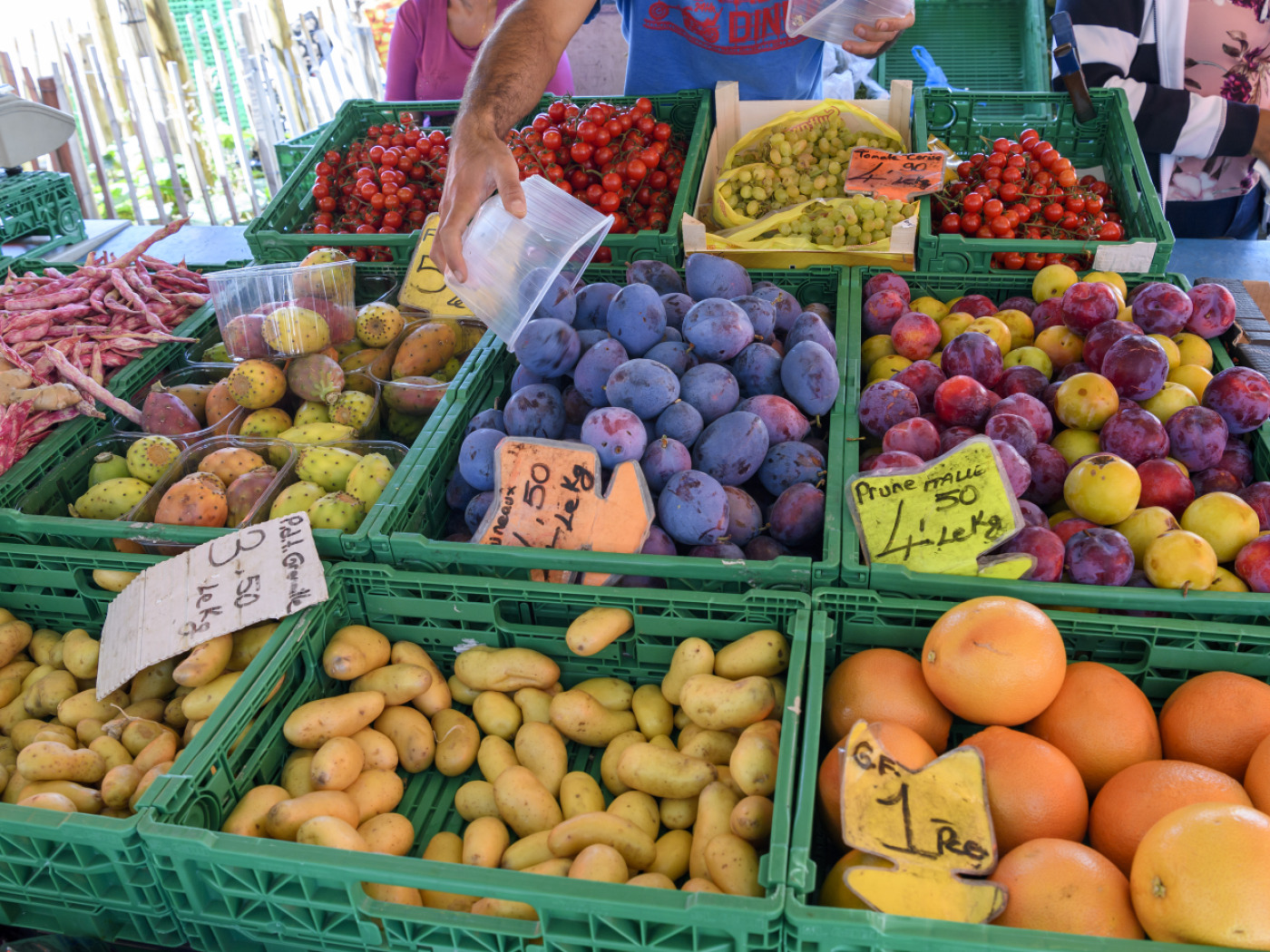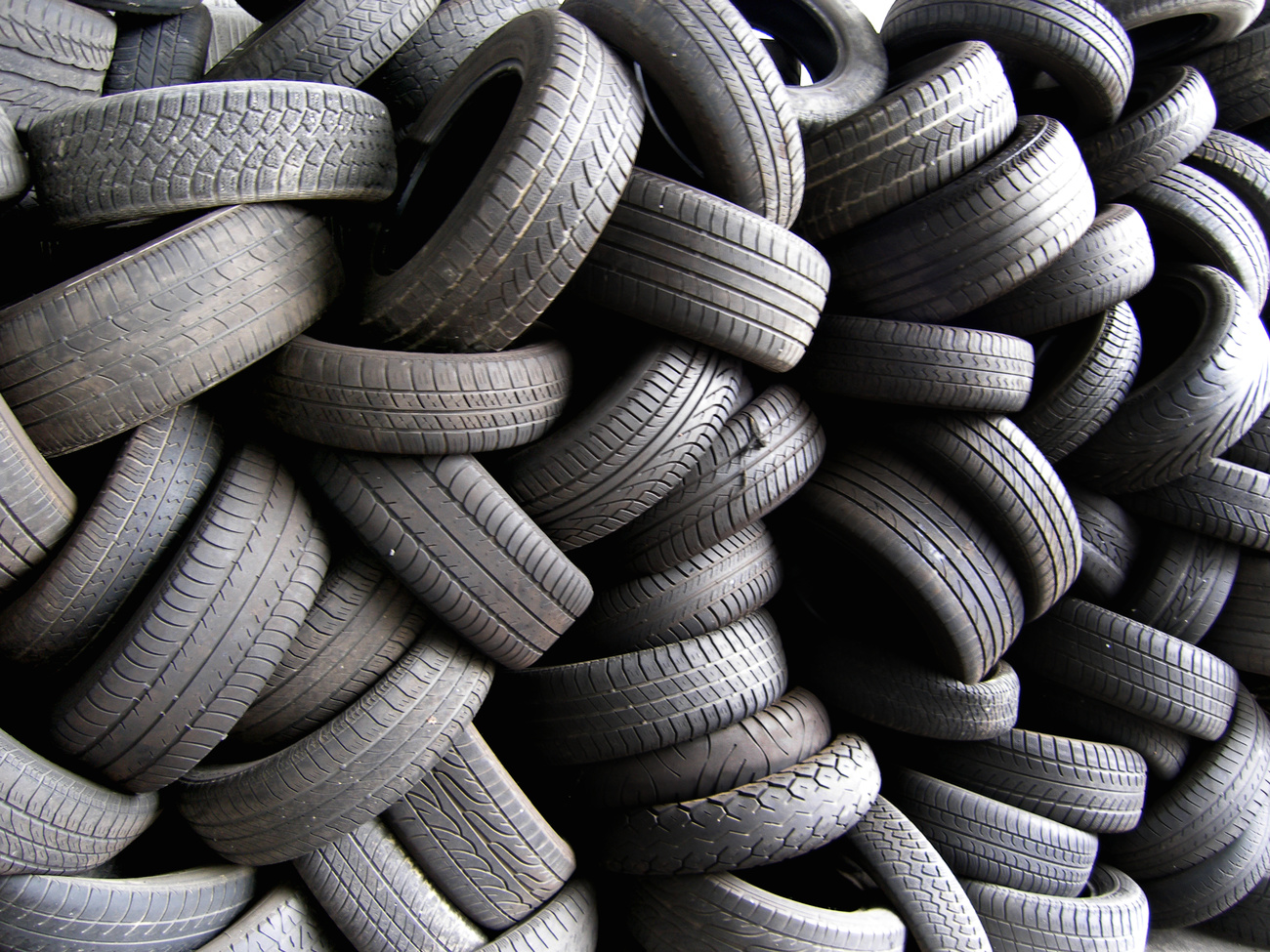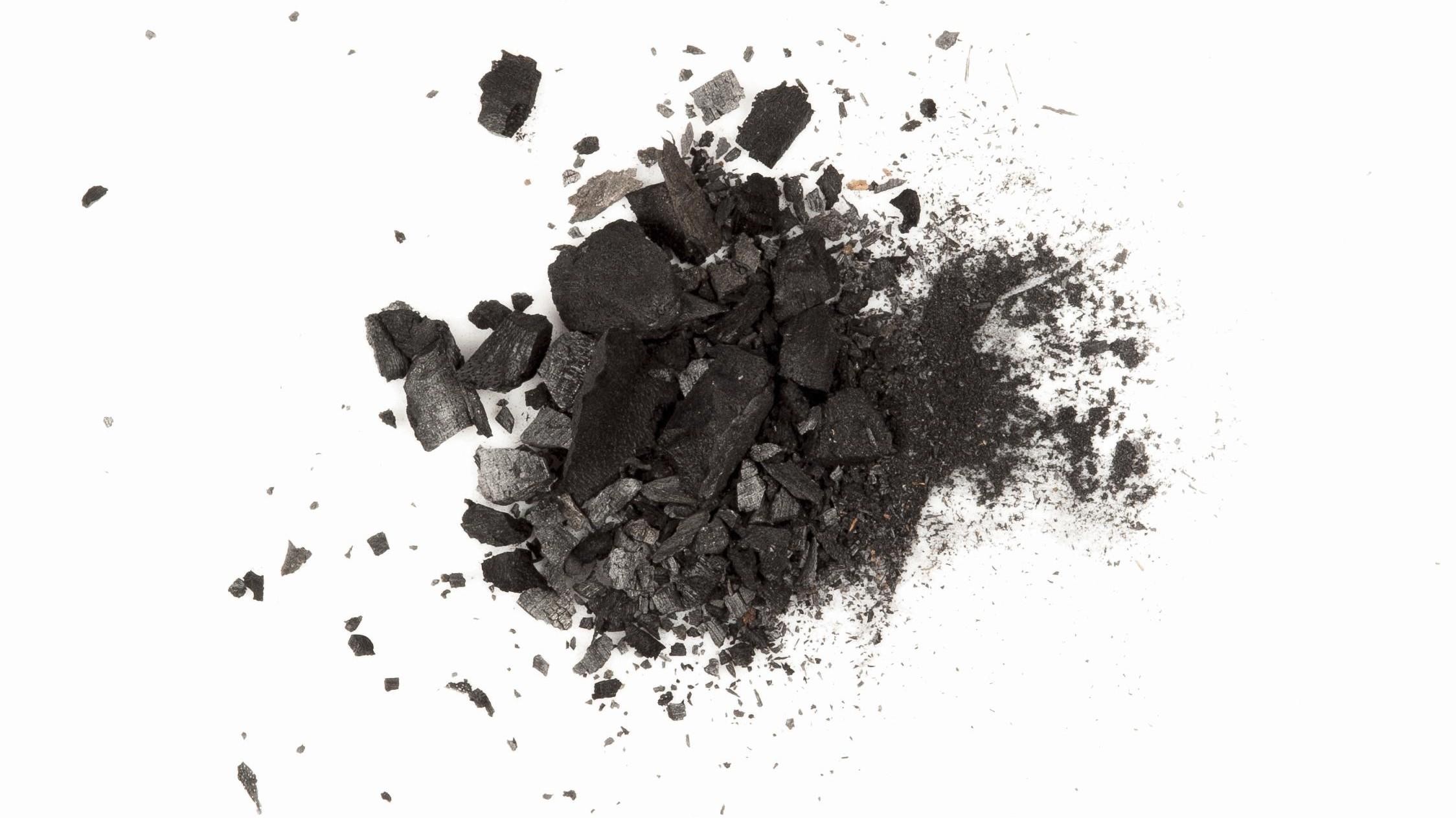
Toxic chemicals from car tyres found in fruit and vegetables in Switzerland

Tyre additives enter and pass through the food chain, according to a study conducted by the Federal Institute of Technology Lausanne (EPFL) and the Federal Office for Food Safety and Veterinary Affairs (OSAV). The results show that 31% of samples contained traces of additives in tyre rubber. Further research is needed to establish the dangers for human health.
+Get the most important news from Switzerland in your inbox
Traces of additives typically used in the manufacture of tyres were detected in all categories of fruit and vegetables most consumed in Switzerland, according to the EPFL and OSAV study published in the Journal of Hazardous Materials.
At this stage, scientists do not know what the long-term consequences of this exposure are for human health. Further studies are needed to clarify this, the EPFL said in a press release on Tuesday.
Austrian studies
This research follows the publication in August 2023 of two similar studies in neighbouring Austria showing the presence of such additives on leafy vegetables, such as salads, in the German-language magazine K-Tipp. Following publication, OSAV contacted Florian Breider, a researcher and director of the Central Environmental Laboratory at EPFL, to investigate this issue in Switzerland.

More
Polluting particles from car tyres – how worried should we be?
“We built this study together, sampling around 100 of the most widely consumed fruit and vegetables in Switzerland from nine representative distributors, ranging from large chains to organic markets and small neighbourhood grocery stores,” explains Breider.
Organic affected too
Using OSAV consumption statistics, the study was able to establish a theoretical daily exposure rate to these molecules through ingestion. Scientists found that 31% of samples contained traces of these substances using in tyres, including 6PPD and 6PPD-quinone.
This occurred regardless of where the fruit and vegetables came from, and of whether they were organic or not.
“As the diet is broadly the same throughout western Europe, we can imagine that these figures are representative of exposure to these particles in neighbouring countries,” says Breider.
To date, studies on rodents have established the toxicity of tyre additives on mammals, in particular DPG, 6PPD and 6PPD-quinone. The results include reduced fertility in males and the occurrence of neurotoxic and neuroinflammatory effects. The critical threshold for humans is not yet known.

More
Research identifies 134 ‘forever chemicals’ hotspots across Switzerland
“We don’t know how these molecules are metabolised by the human body, so we need to take an interest in them, because we are all exposed to them, and probably certain categories of the population in particular, such as road workers,” says Breider.
Chinese laboratories are currently conducting in-depth studies by analysing the presence of these substances in citizens’ blood and urine. EPFL is planning to further investigate this issue in the coming months.
Inhalation and ingestion
Exposure to tyre additives comes from wear on roads. Tyres contain additives such as antioxidants and vulcanising agents, the toxicity of which is still poorly understood. When cars brake or accelerate, particles are released into the atmosphere, deposited on the ground, or carried away by run-off water. Humans are exposed to them through both inhalation and food ingestion.

More
EPFL creates ultra-fine carbon to mop up micropollutants
According to a 2017 study, around six million tonnes of tyre particles are released into the environment every year worldwide. Another study conducted in 2023 found that rural areas are also affected by the phenomenon, as the frequency of road traffic is not significant. A current study by the EPFL has even shown that these compounds from tyres are found in Alpine lakes. Exposure can therefore be compared with that of other micropollutants.
To prevent their transfer from the road to the environment, studies are currently under way in Switzerland to clean up roads. Several studies have shown that aggressive driving, with abrupt acceleration and braking, increases tyre wear and hence the transfer of these particles to the atmosphere, soil and surface water.
Translated from French by DeepL/sb
We select the most relevant news for an international audience and use automatic translation tools such as DeepL to translate them into English. A journalist then reviews the translation for clarity and accuracy before publication. Providing you with automatically translated news gives us the time to write more in-depth articles. The news stories we select have been written and carefully fact-checked by an external editorial team from news agencies such as Bloomberg or Keystone.
Did you find this explanation helpful? Please fill out the short survey below to help us understand your needs.

In compliance with the JTI standards
More: SWI swissinfo.ch certified by the Journalism Trust Initiative































You can find an overview of ongoing debates with our journalists here . Please join us!
If you want to start a conversation about a topic raised in this article or want to report factual errors, email us at english@swissinfo.ch.